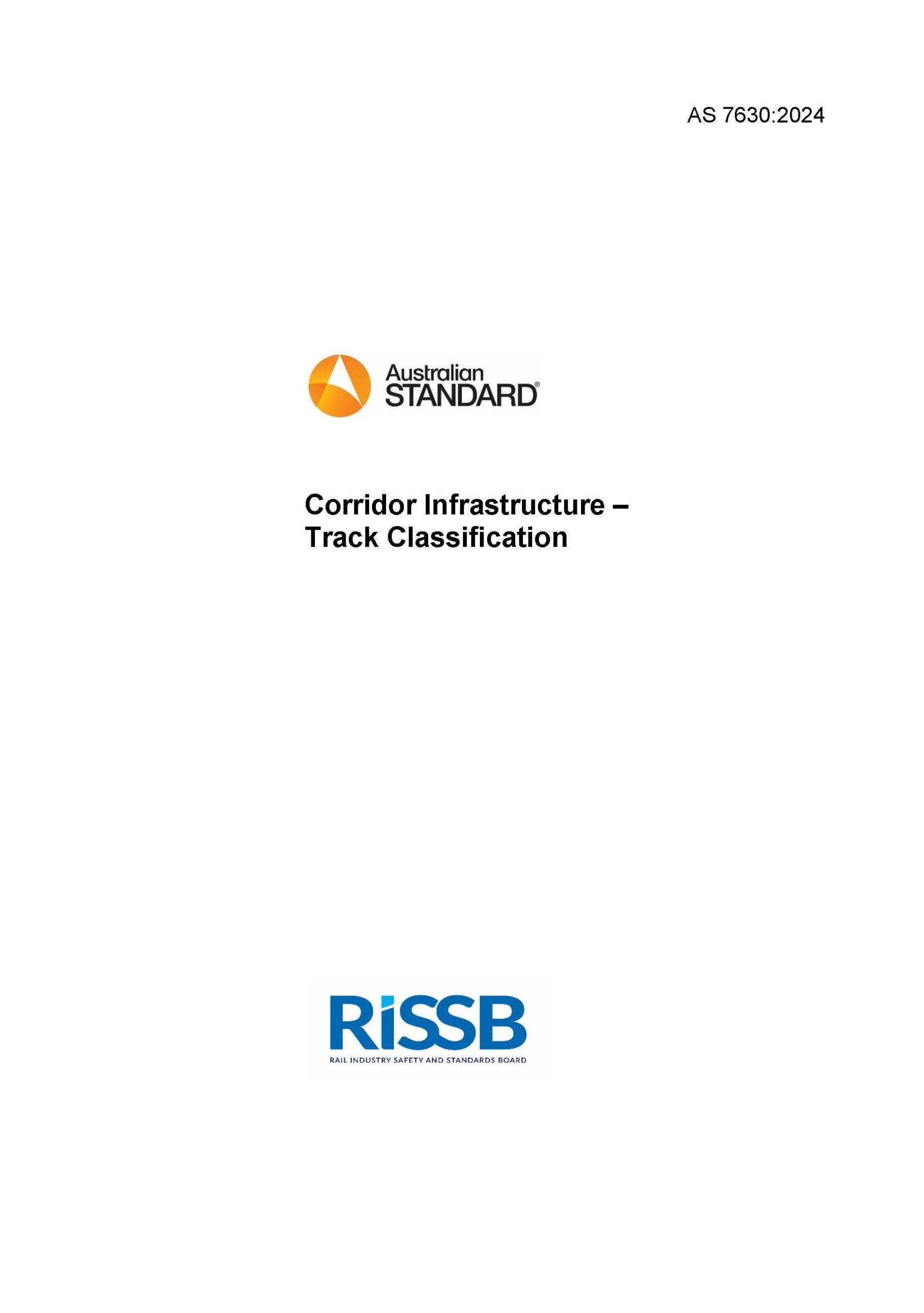The objective of this Standard is to:
- provide a nationally consistent performance-based method for track classification that is applicable to all new, upgraded, and existing heavy railways in Australia;
- enable RIMs to allocate a track classification to all heavy railway track sections for which they are responsible;
- provide guidance for owners and operators of rolling stock to more readily determine if their rolling stock can physically access a track corridor(s), for which any RIM is responsible, by adopting the concept of route availability in addition to the track classification;
- encourage rail transport operators (RTO)s to consider, when acquiring new assets, or replacing or upgrading existing assets, how those assets could be configured to lead to increased interoperability within their own railway network, and with other railway networks; and
- through improved interoperability, increase the railway industry’s competitiveness and range of commercial opportunities.
This Standard is a revision of the previously published 2017 version. It includes updates to provide additional guidance on functional and performance requirements for track classification. It introduces the consideration of route availability for rolling stock access, and the corresponding infrastructure considerations for track structure, earthworks, civil structures, and wayside assets contained within the heavy railway corridor.




